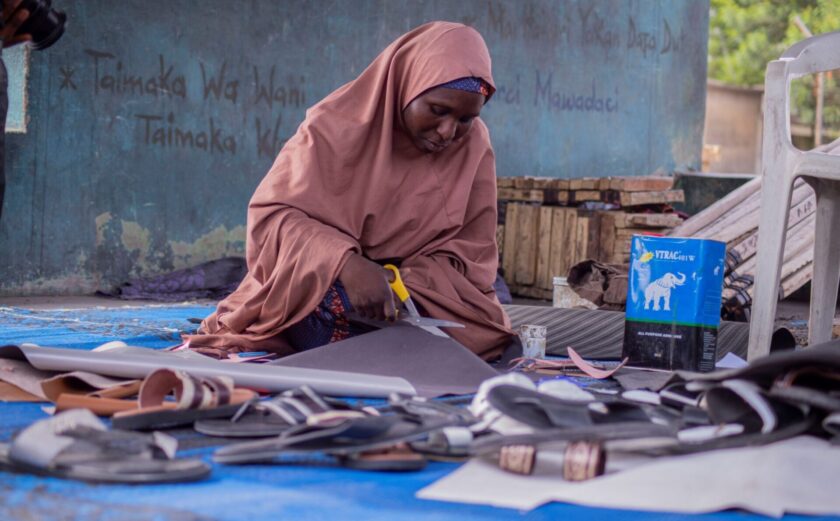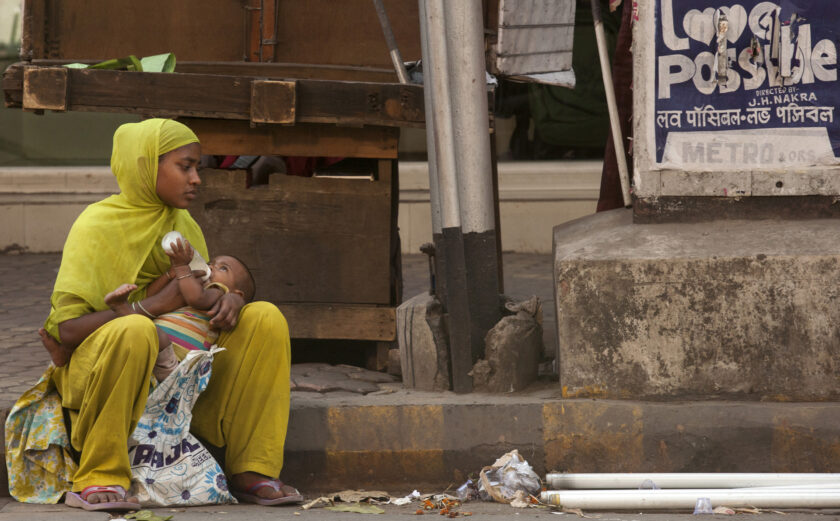
Dignity in the Heat: Addressing Health and Shelter Needs in Humanitarian Crises
Two major climate trends are reshaping the humanitarian landscape: the increasing frequency of acute, high-cost disasters and the rise of slow-onset crises like droughts and extreme heat.
While the former—time-bound and often at least nominally predictable—has traditionally dominated humanitarian action, the latter presents a gradual, enduring challenge that demands urgent attention. Heat is emerging as both an underlying factor that drives protracted crises and as an extreme event, killing nearly half a million people per year. Despite clear evidence of rising global temperatures and a surge in extreme heat waves, heat remains an under-prepared-for threat with profound implications for shelter, health, and human wellbeing.
The Human Cost of Heat
Extreme heat poses a multifaceted threat to human physiological, social, and economic well-being. Acute health effects such as heat stroke and hyperthermia disrupt daily life and place immense pressure on healthcare systems. Over time, chronic heat exposure contributes to respiratory issues, kidney failure, and psychological stress. More broadly, prolonged heat exposure is linked to diminished food production, reduced labor productivity, and weakened economic outcomes across lifespans.
The urgency of addressing these challenges is underscored in “Extreme Heat: Preparing for the Heatwaves of the Future,” a 2022 joint report by the United Nations Office for the Coordination of Humanitarian Affairs (OCHA) and the International Federation of the Red Cross and Red Crescent Societies (IFRC). The report highlights the effects of heat-related phenomena on vulnerable urban populations, particularly among displaced women, children, and elderly, as well as those with preexisting health conditions. These factors highlight the risk of severe consequences requiring the attention of the humanitarian community.
The Growing Threat of Heat in Humanitarian Contexts
Recent multi-billion-dollar disasters—such as the devastating flooding in Pakistan in 2022—underscore the complex challenges of an increasingly turbulent climate. These sudden-onset disasters, while devastating, galvanize immediate global attention and action. In contrast, slow-onset disasters such as droughts and intensifying heat unfold gradually, eroding resilience and compounding vulnerabilities over time, making them far harder to address with the same urgency or visibility. In the Sahel region, heat has driven increasing food insecurity amid widespread multidimensional poverty and conflict. In the Dry Corridor of Central America, failed harvests put strain on families dealing with criminal violence.
Yet, heat is emerging as a dual threat, silently driving protracted crisis while striking as an acute, time-bound disaster itself. The human toll of heat is difficult to measure, encompassed by both heat-attributable illness and excess mortality. Neither is heat responded to with the same level of systematization as malnutrition, for example. Furthermore, treatment for heat-related illness addresses the symptoms but not the underlying risk factors (i.e. age or morbidity) or factors in the home (i.e. ventilation, shade, or insulation). Around the globe, women, the elderly, and the disabled are likelier to stay inside at home and therefore to be impacted by inadequate mitigation of extreme heat amid the increasing frequency and severity of heatwaves.
Toward a Coordinated, Multisectoral Response
Extreme heat is a present and pressing risk that demands more attention from the humanitarian community. Progress is being made: research from the Global Heat Health Information Network is shaping global health policies, while initiatives like the Extreme Heat Action Hub—launched by the U.S. Agency for International Development and IFRC after the 2024 Global Summit on Extreme Heat—are advocating for increased funding and targeted heat responses. The Global Shelter Cluster has also stepped up, forming an Extreme Heat Working Group to explore how shelter solutions can mitigate heat impacts more effectively.
As someone with experience at organizations like the International Organization for Migration, the American Red Cross, and SBP (a disaster recovery nonprofit in Louisiana), I have seen firsthand how shelter can act as a critical health intervention in heat crises. Effective shelters do more than provide physical protection; they reduce heat stress and safeguard well-being.
While international standards like the Sphere Guidelines address ventilation and thermal comfort, more work is needed to develop an integrated approach that bridges the health and shelter sectors. Shelter design must incorporate traditional heat adaptation methods, such as Persian windcatchers or Filipino thatched roofs, but must also evolve to meet the growing intensity and unpredictability of modern heatwaves. A deeper understanding of how these methods can address periodic extreme heat events is critical.
Moving forward, the intersection of health and shelter must become a cornerstone of heat response strategies. The shelter sector should prioritize health impacts, while the health sector should integrate shelter into treatment plans. Collaboration, rooted in localized knowledge and forward-looking adaptation, is key. Only through intersectoral coordination, community-driven solutions, and a holistic view of heat as a health and shelter issue can we develop sustainable, dignified responses to one of the most pervasive challenges of our time.








